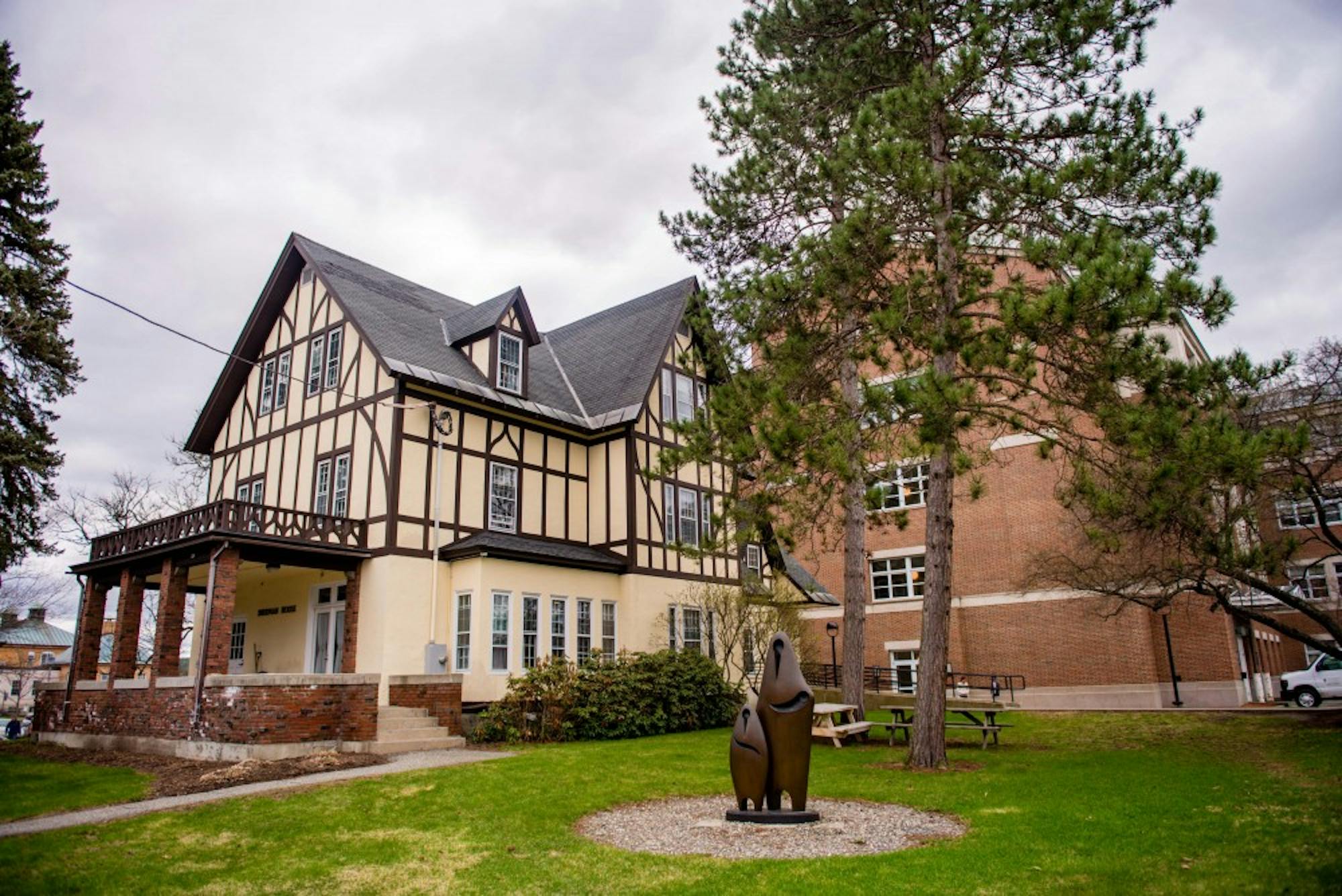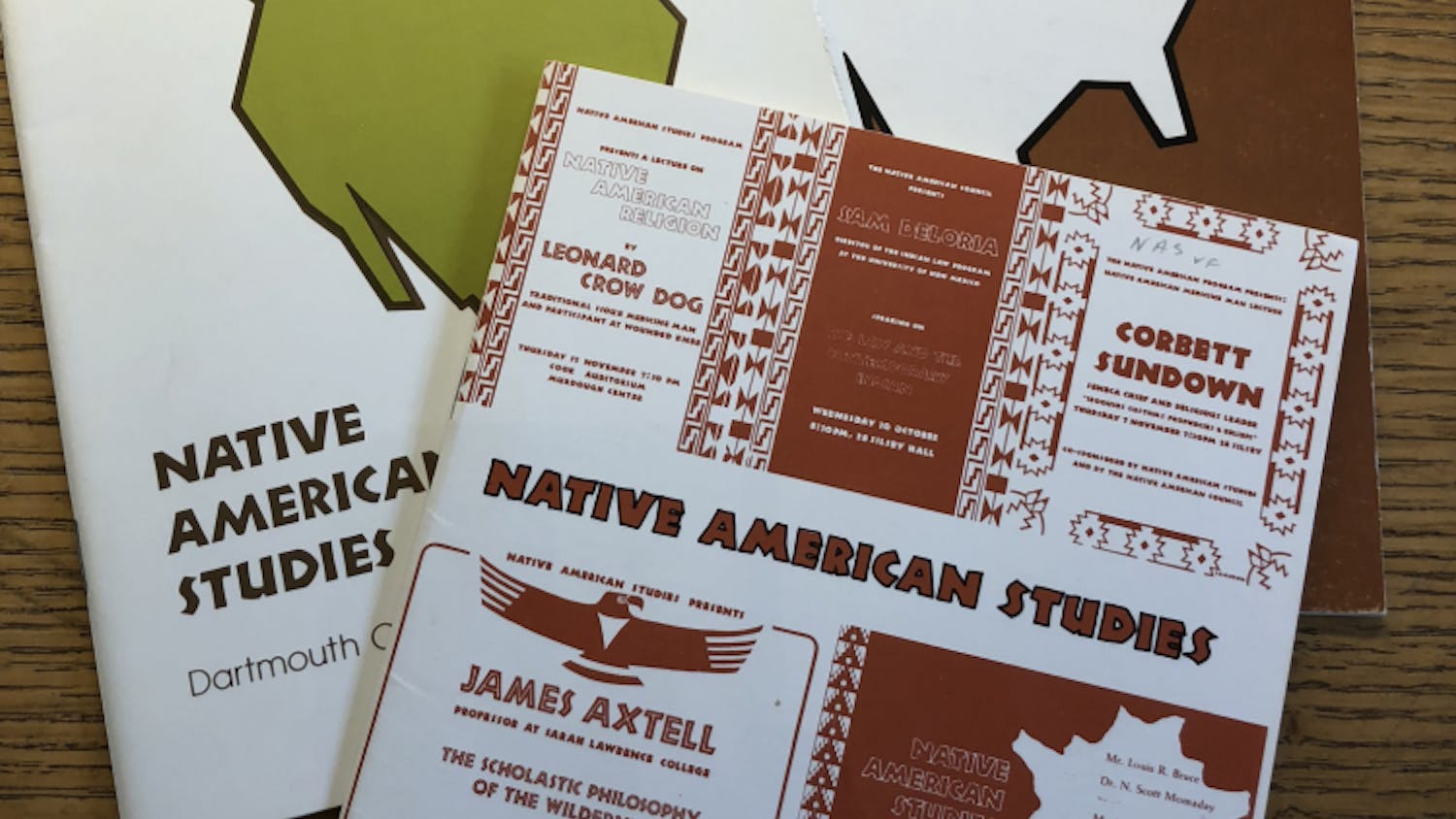College President Phil Hanlon announced earlier this month that as part of Dartmouth’s ongoing “The Call to Lead” capital campaign, large gifts from donors will lead to the creation of a new professorship in the Native American studies program and the revitalization of the College’s Arts district.
The College commenced the capital campaign, which aims to raise $3 billion in service of Dartmouth’s educational and philanthropic goals, last April. The fundraising effort reached a major milestone earlier this month when donations surpassed $2 billion.
A gift from Mae Hueston ’86 and John Hueston ’86 will endow the Mae and John Hueston Distinguished Professorship in Native American Studies — currently one of the smallest departments at Dartmouth. This endowment will expand the program through the creation of one of the few senior academic professorships in higher education focused on studying indigenous peoples around the globe.
“We always knew we wanted to give to the College,” Mae Hueston said. “We finally narrowed it down to [the new NAS professorship] because I had worked with the College since I graduated to improve conditions for Native American students.”
Mae Hueston stressed the critical position Dartmouth occupies as a global leader in comparative studies of indigenous peoples. She added that the expansion of the NAS program will help inform Dartmouth students of their peers’ backgrounds.
“I had a very difficult time coming to Dartmouth from a remote reservation and I think a lot of the ,time people don’t understand [Native American students’] experience,” Hueston said. “Not only do we endure culture shock, but we also encounter people who don’t understand our culture.”
NAS program chair Colin Calloway said the endowment holds particular significance for Dartmouth as an institution originally chartered to educate and instruct Native American students.
“Mae and John Hueston’s major gift … represents a milestone in Dartmouth’s 250-year history as a college established with the avowed purpose of educating Native Americans,” Calloway said. “It also serves as an important marker for the continued growth and future direction of NAS at Dartmouth.”
For nearly the first 200 years of the College’s existence, only 19 Native American students graduated from Dartmouth, according to the College’s Native American Program website. However, the College revitalized its original dedication to educating Native American students in 1970 under the leadership of then-President John Kemeny. In the nearly 50 years that have elapsed since Dartmouth’s re-commitment, over 1,000 Native Americans from over 200 different tribes have attended the College — a larger number of students than all other Ivy League institutions combined have seen during this time span.
Some Native American students said that they appreciate the new professorship, but they hope to see more changes.
“Dartmouth has a good Native population compared to other Ivies, but that does not justify [the College] saying that is enough,” Caileadair Holmes ’22 wrote in an email interview. “I am hoping in my coming years that people see more funding and support of Native-led projects and programs that cater to more than the Native community.”
Erin Bunner ’22 said that Native American representation and acknowledgment should extend beyond the NAS program.
“Dartmouth is moving in the right direction by expanding the department, but it’s not enough,” Bunner said. “What about having an indigenous speaker at the 250th commencement or constructing a land acknowledgment somewhere on campus?”
Hanlon also announced that a $15 million commitment by members and friends of the Hopkins Center Advisory Board will help edge the College’s Arts district toward completion. The gift will contribute to the performing arts center’s proposed $75 million revitalization.
In January, the Hood Museum of Art reopened after a three-year renovation and expansion project, which aimed to create a learning environment that “fosters transformative educational encounters with art for everyone,” according to the museum’s website. In his announcement of the new funding, Hanlon stressed that this revitalization project enables the College to provide more space for “creative expression.”
The $75 million renovation and expansion of the Hopkins Center will allow for the creation of flexible, technology-driven performance and maker spaces within the Arts district while encouraging creative collaboration between students and art faculty from various departments.



